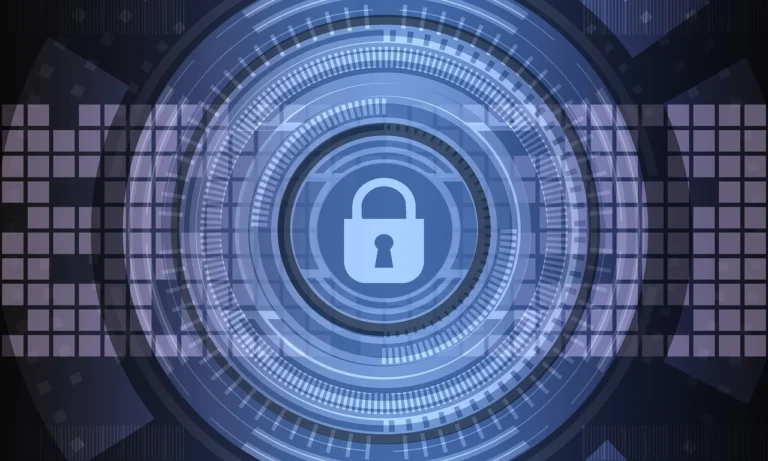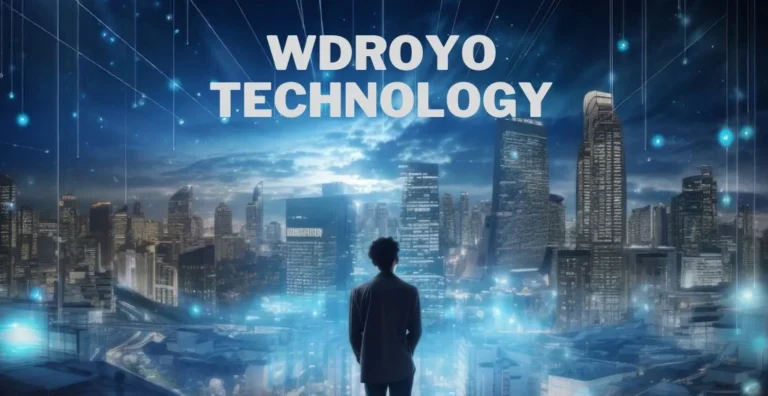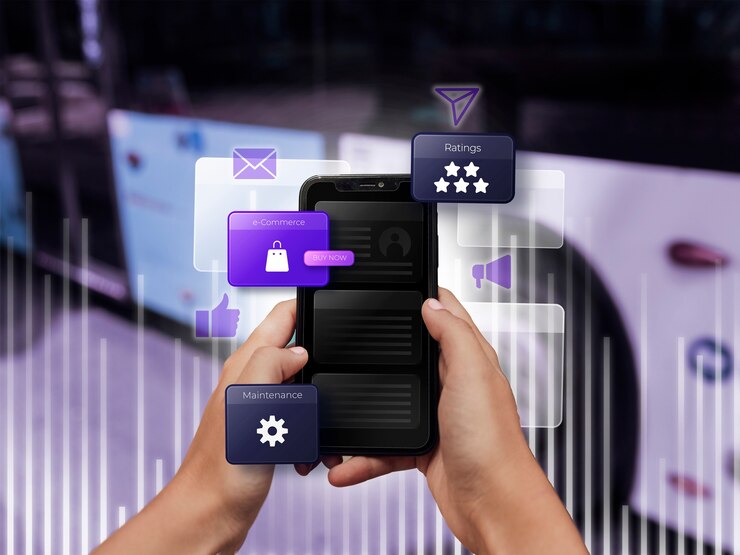SaaS Technologies
SaaS Technologies: The Future of Software Delivery
Software as a service (SaaS) is a software delivery model in which software is licensed on a subscription basis and is centrally hosted. SaaS applications are typically accessed by users of a web browser (a thin client).
SaaS technologies offer a number of advantages over traditional on-premises software, including:
- Affordability: SaaS applications are typically more affordable than on-premises software, as there is no upfront cost for hardware or software licenses.
- Scalability: SaaS applications are easily scalable, so businesses can add or remove users as needed.
- Accessibility: SaaS applications can be accessed from anywhere with an internet connection, making them ideal for remote workers.
- Ease of use: SaaS applications are typically easy to use and require little or no training.
- Security: SaaS providers typically offer a high level of security for their applications.
Some of the most popular SaaS technologies include:
- Customer relationship management (CRM) software, such as Salesforce and HubSpot.
- Enterprise resource planning (ERP) software, such as SAP and Oracle ERP Cloud.
- Human capital management (HCM) software, such as Workday and SuccessFactors.
- Content management systems (CMS), such as WordPress and Drupal.
- E-commerce platforms, such as Shopify and Magento.
SaaS technologies are transforming the way businesses operate. By offering a more affordable, scalable, and accessible way to deliver software, SaaS technologies are helping businesses of all sizes to improve their efficiency and productivity.
Here are some of the latest trends in SaaS technologies:
- Artificial intelligence (AI): AI is being used to develop SaaS applications that can automate tasks, personalize experiences, and provide insights to users.
- Machine learning (ML): ML is being used to develop SaaS applications that can learn from data and improve their performance over time.
- Natural language processing (NLP): NLP is being used to develop SaaS applications that can understand and respond to human language.
- Internet of things (IoT): IoT is being used to develop SaaS applications that can collect and analyze data from IoT devices.
- Blockchain: Blockchain is being used to develop SaaS applications that are more secure and transparent.
These trends are leading to the development of SaaS applications that are more intelligent, autonomous, and adaptable than ever before. SaaS technologies are poised to play an even greater role in the future of software delivery.







